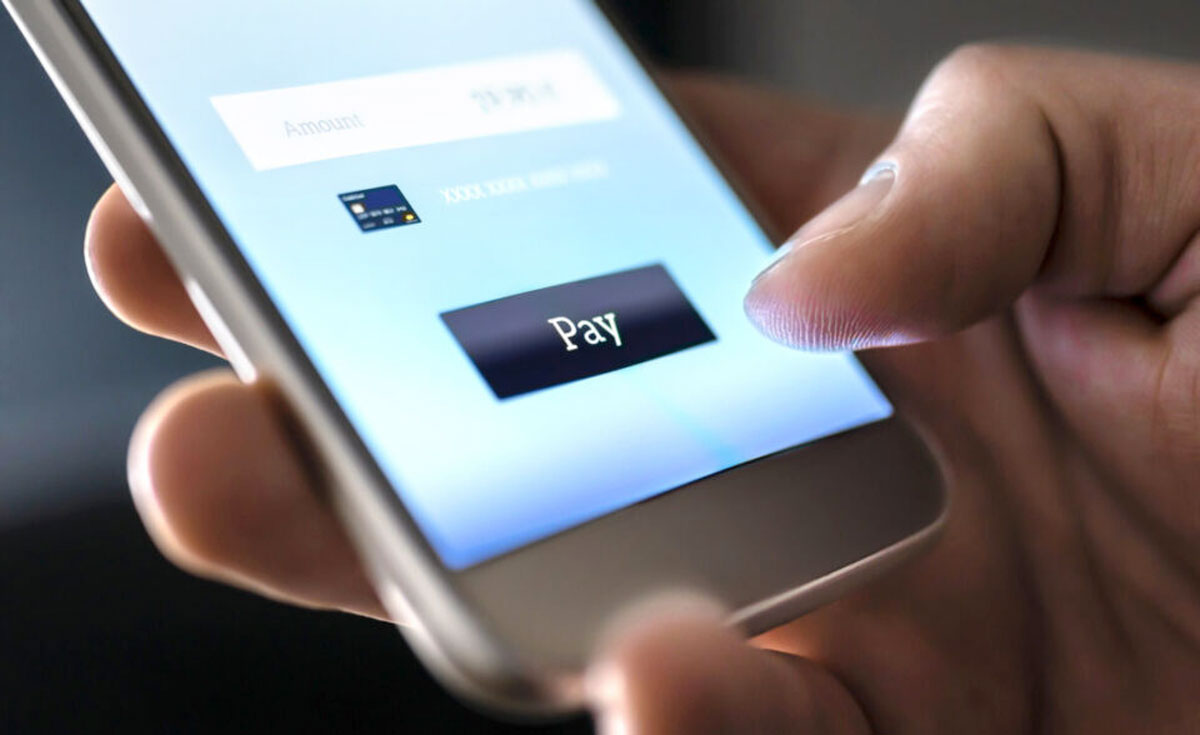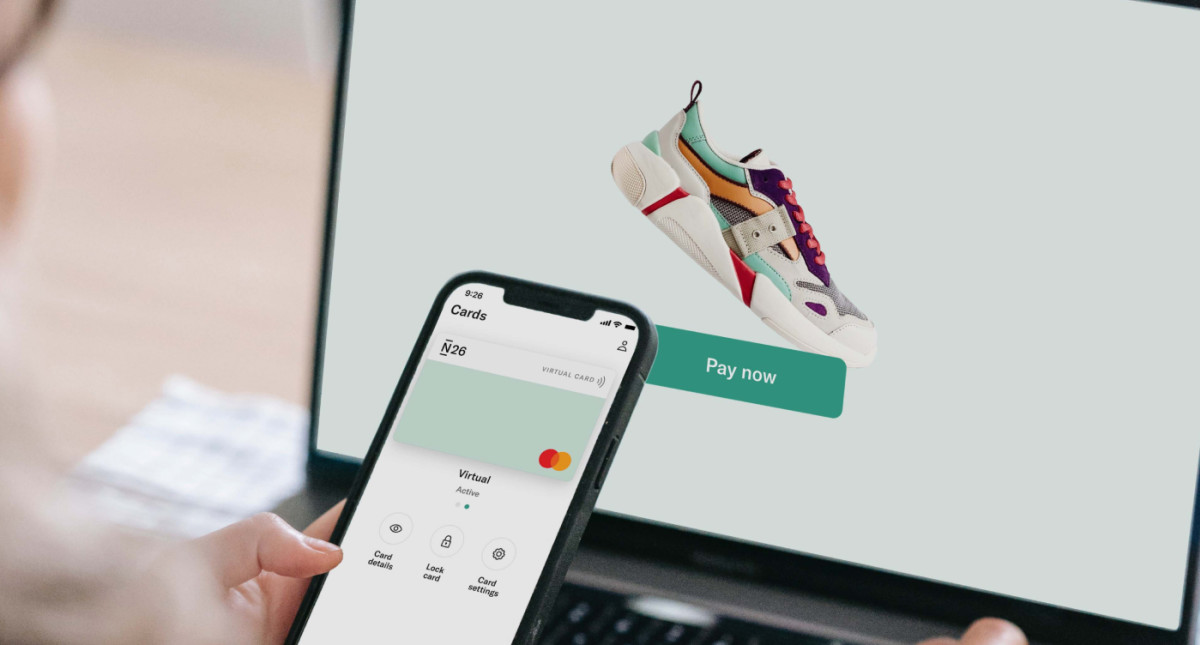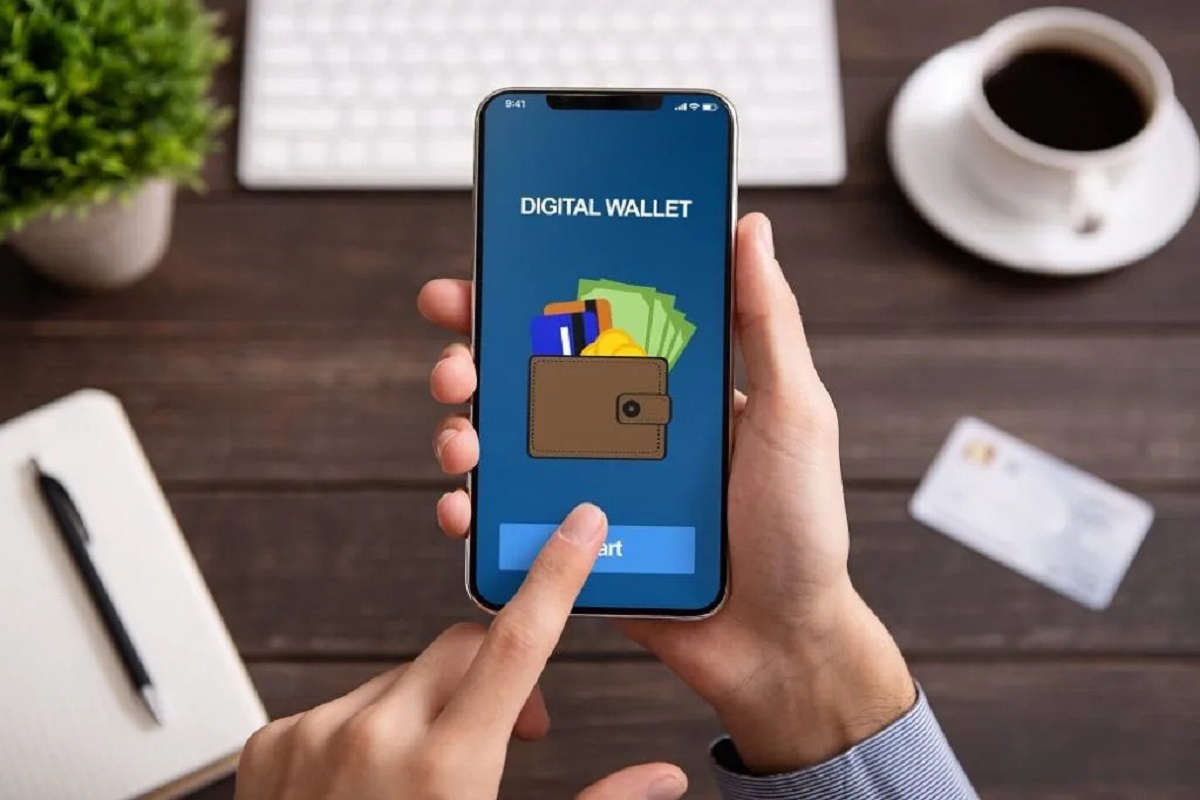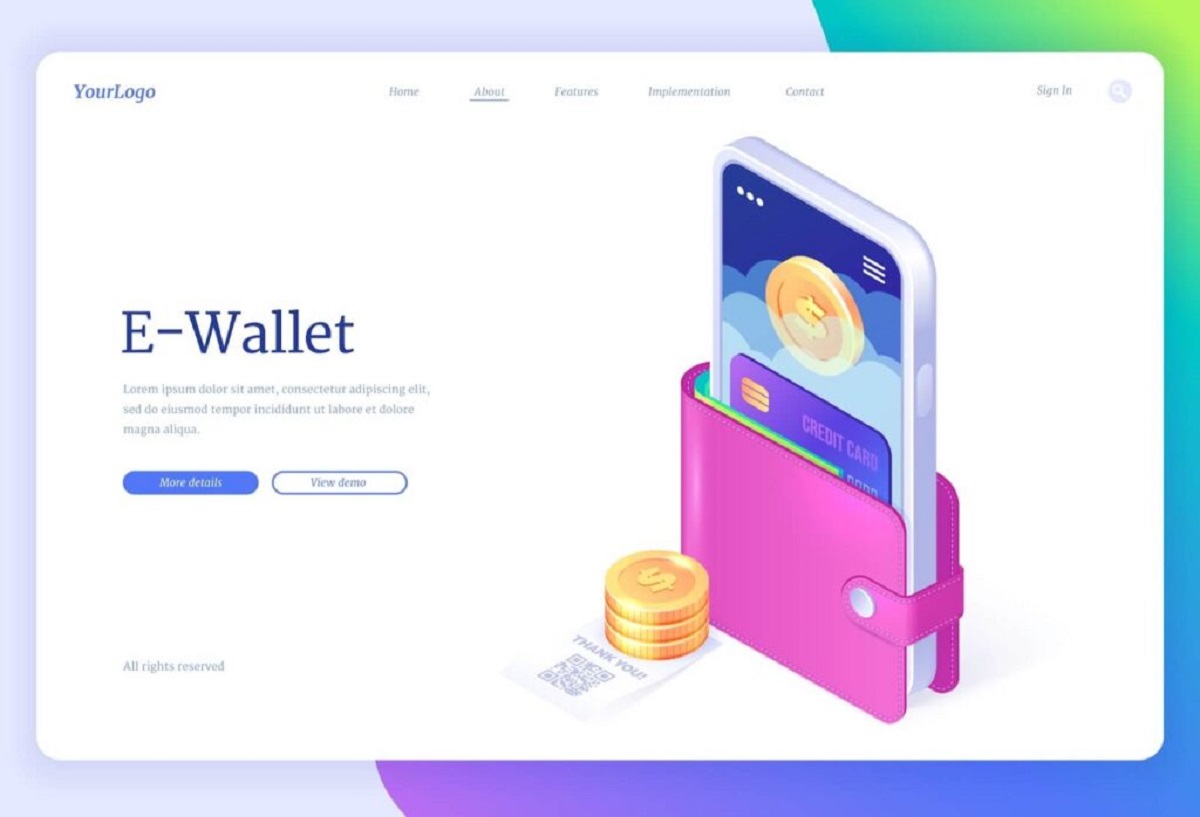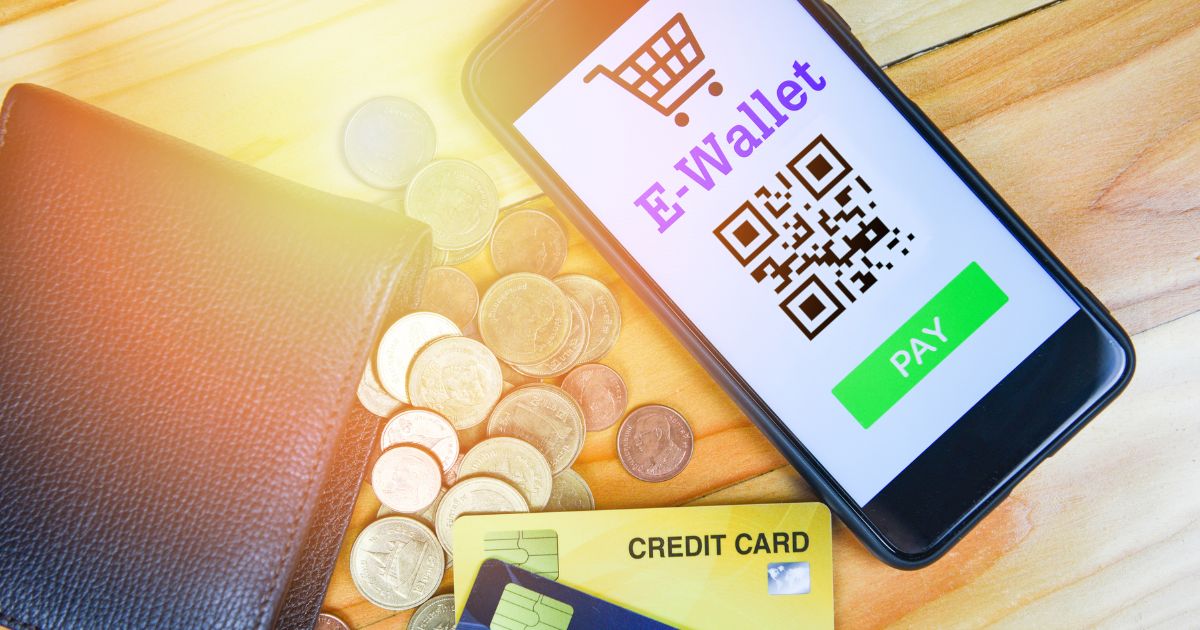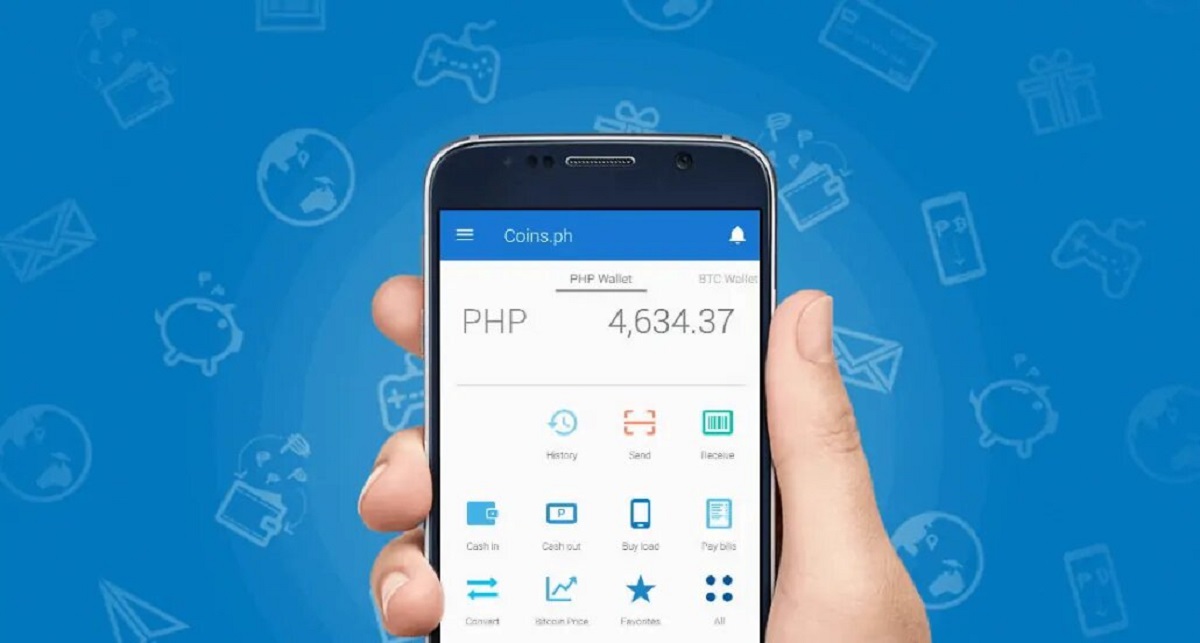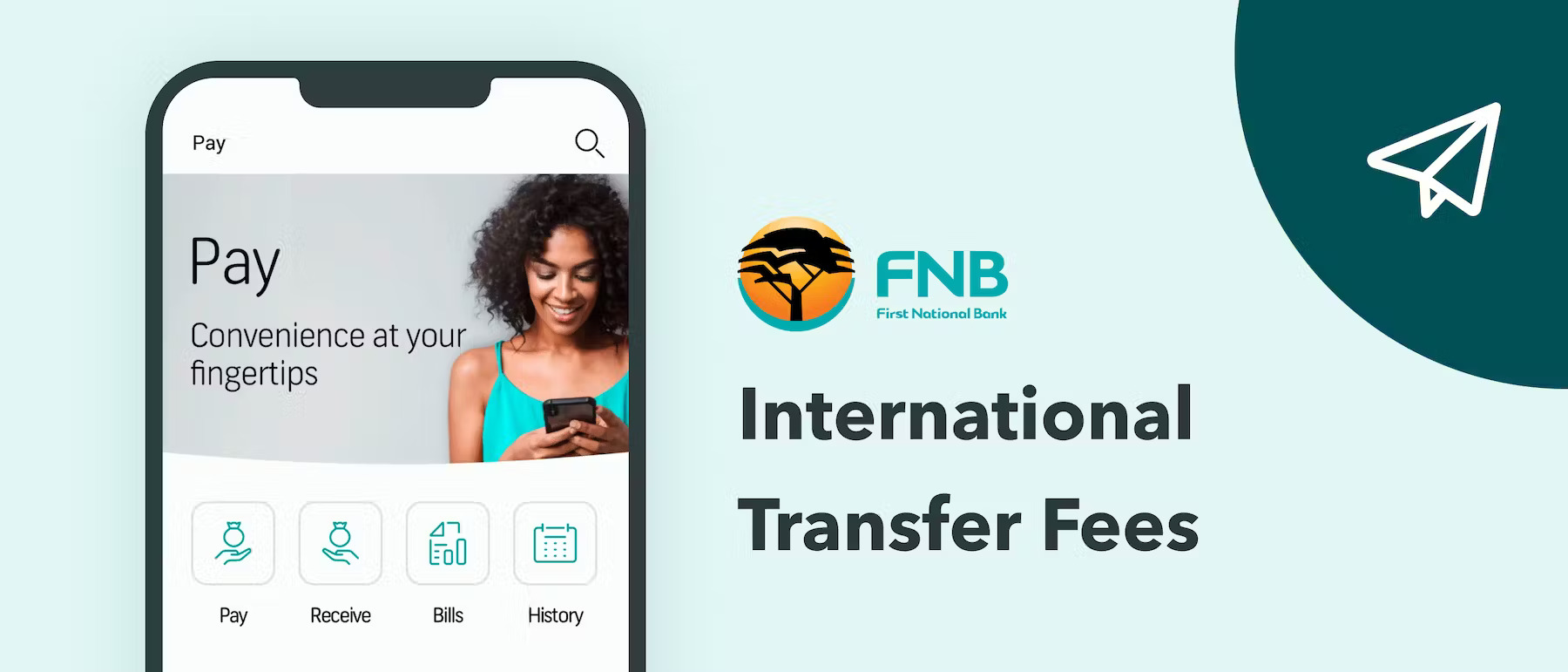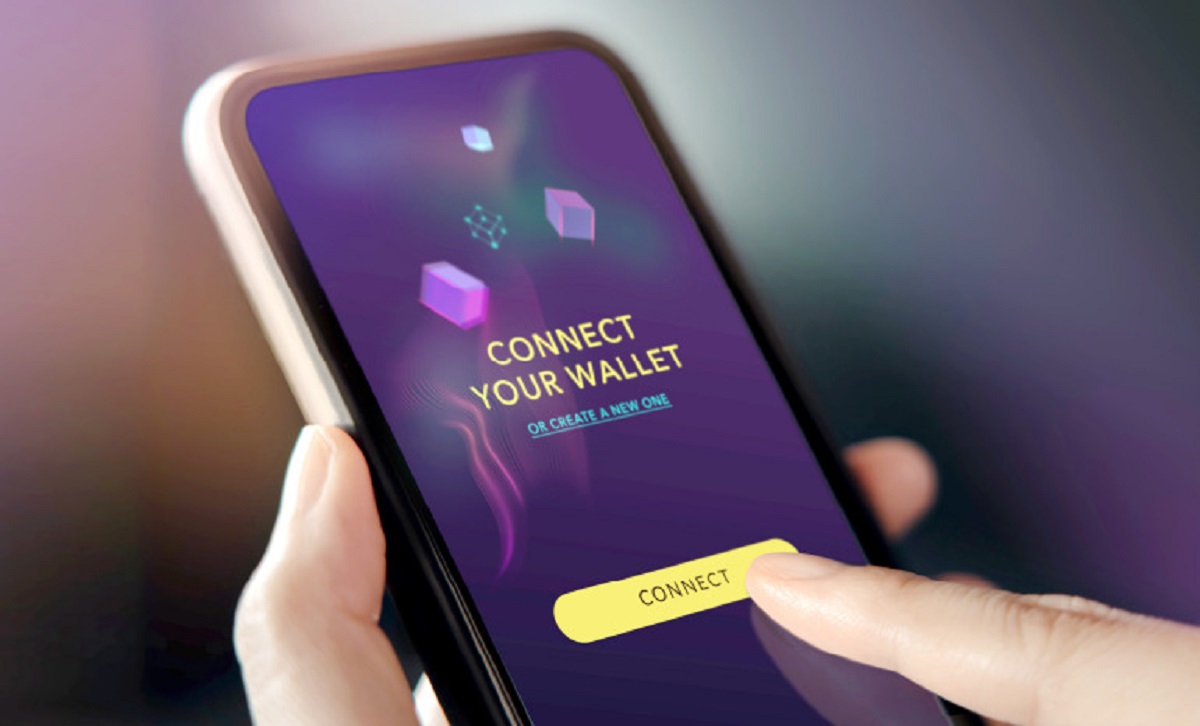What is an E-wallet?
An E-wallet, also known as a digital wallet, is a virtual account that allows individuals to store and manage their financial information securely. It serves as a convenient and safe alternative to traditional physical wallets by enabling users to make online transactions, store payment details, and make purchases with just a few clicks. E-wallets have gained immense popularity in recent years due to their ease of use, accessibility, and the increasing demand for cashless transactions.
Essentially, an E-wallet acts as a digital form of your physical wallet, storing your credit or debit card information, bank account details, and even digital currencies. By securely encrypting and safeguarding this sensitive data, E-wallets provide users with a hassle-free way to make payments, transfer money, and conduct financial transactions online. Many E-wallets also offer additional features such as loyalty program integration, rewards points, and discounts, making them even more appealing to users.
One of the key advantages of using an E-wallet is the enhanced security it provides. Rather than sharing your credit card or bank account details directly with merchants, E-wallets use encrypted protocols to ensure that your information remains protected. Additionally, many E-wallets utilize biometric authentication, such as fingerprint or facial recognition, adding an extra layer of security to your transactions.
Furthermore, E-wallets offer a convenient and user-friendly experience. With just a few taps on your smartphone or clicks on your computer, you can easily make purchases, pay bills, or send money to friends and family. Gone are the days of fumbling for your physical wallet or entering lengthy payment details every time you want to make a transaction. E-wallets streamline the payment process, saving you time and effort.
Overall, E-wallets have revolutionized the way we handle financial transactions by providing a secure, convenient, and efficient means of conducting online payments. Whether you want to make quick purchases, send money to loved ones, or keep track of your spending, an E-wallet is a valuable tool that simplifies the way we handle our finances in the digital age.
Why Use an E-wallet?
E-wallets have become increasingly popular in recent years, and for good reason. They offer a range of benefits and advantages that make them an appealing choice for individuals looking for a convenient and secure way to handle their financial transactions.
One of the key reasons to use an E-wallet is the convenience factor. With an E-wallet, you can say goodbye to carrying around a bulky physical wallet filled with cards and cash. Instead, a virtual wallet stored on your smartphone or computer allows you to make payments, send money, and purchase goods and services with just a few taps or clicks. This streamlined process saves you time and eliminates the need to search for exact change or enter lengthy payment details every time you make a transaction.
Another advantage of using an E-wallet is the enhanced security it provides. E-wallets utilize advanced encryption and security measures to protect your financial information, reducing the risk of fraud and unauthorized access. With features like secure login, multi-factor authentication, and tokenization, E-wallets offer peace of mind when it comes to safeguarding your financial data.
Furthermore, E-wallets often come with additional features and benefits. Many E-wallet providers offer rewards programs, cashback offers, and discounts for using their services, adding extra value to every transaction. This can save you money and allow you to earn rewards simply by using your E-wallet for daily purchases.
E-wallets also provide a seamless experience for online shopping. With integrated E-wallet options at checkout, you can easily complete transactions without the need to enter your payment details repeatedly. This not only saves time but also reduces the risk of exposing your sensitive information to potential hackers or phishing attempts.
In addition to online shopping, E-wallets are also widely accepted at physical retail locations, making them a versatile payment option. Whether you’re buying groceries, dining out, or shopping at your favorite store, you can use your E-wallet to make contactless payments quickly and securely.
Overall, the benefits of using an E-wallet are clear. They offer convenience, enhanced security, and additional perks that can simplify your financial transactions. By embracing this digital payment solution, you can enjoy a seamless and hassle-free experience while managing your money.
How to Create an E-wallet Account
Creating an E-wallet account is a straightforward process that can be completed in just a few simple steps. Here’s a guide on how to create your own E-wallet account:
- Choose an E-wallet provider: Start by researching and selecting a reputable E-wallet provider that suits your needs. Some popular options include PayPal, Apple Pay, Google Pay, and Venmo.
- Download the app or visit the website: Once you’ve decided on an E-wallet provider, download the mobile app from your app store or visit the provider’s website on your computer.
- Sign up for an account: Open the app or website and look for the option to create a new account. Provide the required information, which may include your name, email address, phone number, and a secure password.
- Verify your identity: Depending on the E-wallet provider, you may need to verify your identity to ensure the security of your account. This step may involve providing additional information or completing a verification process such as providing identification documents or receiving a verification code.
- Link your funding source: To make payments and add funds to your E-wallet, you’ll need to link a funding source. This can be a credit or debit card, bank account, or another E-wallet account. Follow the instructions provided by your E-wallet provider to link your preferred funding source.
- Set up security measures: It’s important to set up security measures to protect your E-wallet account. This may include enabling two-factor authentication, creating a PIN or passcode, or using biometric authentication methods such as fingerprint or facial recognition.
- Read and understand the terms and conditions: Before finalizing your account setup, take the time to read and understand the terms and conditions of the E-wallet provider. Familiarize yourself with their privacy policy, fees, and any limitations or restrictions that may apply.
- Verify your email or phone number: Once you’ve completed the registration process, some E-wallet providers may require you to verify your email address or phone number. Check your inbox or text messages for a verification link or code, and follow the instructions provided.
After completing these steps, congratulations! You have successfully created your E-wallet account. You’re now ready to start using your E-wallet to make payments, send money, and enjoy the convenience of digital transactions.
How to Login to Your E-wallet Account
Logging into your E-wallet account is a simple process that allows you to access your funds and manage your financial transactions. Here’s a step-by-step guide on how to login to your E-wallet account:
- Open the E-wallet app or visit the provider’s website: Launch the E-wallet app on your smartphone or open the E-wallet provider’s website on your computer.
- Locate the login option: Look for the login or sign-in button on the app or website. It is usually located prominently on the home page or in the navigation menu.
- Enter your login credentials: Provide your username, email address, or phone number (depending on the E-wallet provider) and your password in the designated fields. Make sure to enter the information correctly to avoid login errors.
- Authenticate your login: Many E-wallet providers have additional security measures in place to ensure the safety of your account. This may involve entering a verification code sent to your email or phone number, using biometric authentication, or answering security questions.
- Review your account information: Once logged in, you’ll have access to your E-wallet account. Take a moment to review your account balance, recent transactions, and any other relevant information displayed on the app or website.
- Enable biometric authentication (optional): For added security and convenience, some E-wallet apps allow you to enable biometric authentication methods such as fingerprint or facial recognition. Enable these features if desired to streamline future login attempts.
It’s important to note that the login process may vary slightly depending on the E-wallet provider you’re using. Some providers may have additional security measures or require specific login procedures. Always follow the instructions provided by your E-wallet provider to ensure a smooth login process.
By following these steps, you can easily access your E-wallet account and take advantage of the various features and services offered by your chosen E-wallet provider.
Retrieving Your Forgotten Password
Forgetting your password can be frustrating, but most E-wallet providers have procedures in place to help you recover access to your account. If you find yourself unable to login due to a forgotten password, here’s a guide on how to retrieve it:
- Open the E-wallet app or visit the provider’s website: Launch the E-wallet app on your smartphone or open the E-wallet provider’s website on your computer.
- Locate the login option: Look for the login or sign-in button on the app or website. Click on the “Forgot password” or “Reset password” link usually found below the login fields.
- Verify your identity: E-wallet providers may have different methods to verify your identity before allowing you to reset your password. Typically, this involves providing your username, email address, or phone number associated with your account.
- Choose a password reset method: Depending on the E-wallet provider, you may have different options for resetting your password. This could include receiving a password reset link via email or a verification code through SMS.
- Follow the instructions provided: Once you’ve chosen your preferred password reset method, follow the instructions provided by the E-wallet provider. This may involve clicking on a password reset link, entering a verification code, or answering security questions.
- Create a new password: After successfully verifying your identity, you will be prompted to create a new password for your E-wallet account. Choose a strong and unique password that is easy for you to remember but difficult for others to guess. Make sure to follow any password requirements set by the provider.
- Login with your new password: Once you have created a new password, use it to login to your E-wallet account. Double-check that you can access your account and ensure that all the features and functions are functioning as expected.
If you encounter any issues or difficulties during the password retrieval process, it’s recommended to reach out to the E-wallet provider’s customer support for assistance. They will be able to guide you through the steps and help you regain access to your account.
Remember to keep your password in a secure and confidential place to prevent unauthorized access to your E-wallet account. Consider using a password manager or writing it down in a safe location that only you can access.
By following these steps, you can retrieve your forgotten password and regain access to your E-wallet account, allowing you to resume managing your finances efficiently and securely.
Adding Funds to Your E-wallet
Adding funds to your E-wallet is a simple process that allows you to have money readily available for making payments and conducting transactions. Here’s a step-by-step guide on how to add funds to your E-wallet:
- Open the E-wallet app or visit the provider’s website: Launch the E-wallet app on your smartphone or open the E-wallet provider’s website on your computer.
- Login to your E-wallet account: Enter your login credentials, such as your username, email address, or phone number, along with your password to access your E-wallet account.
- Locate the “Add Funds” or “Deposit” option: Look for the option to add funds or make a deposit within the app or website. It is typically found in the main menu or on the account balance page.
- Select your funding source: Choose from the available funding sources, such as a linked bank account, debit card, credit card, or other E-wallet account. Different E-wallet providers may offer different options.
- Enter the amount to add: Specify the amount of money you want to add to your E-wallet. Be sure to double-check the amount to avoid errors.
- Confirm the transaction: Review the transaction details and confirm the addition of funds to your E-wallet account. Some providers may require you to enter a verification code or provide additional authentication for security purposes.
- Wait for the funds to be added: Depending on the E-wallet provider and the funding source, it may take some time for the funds to be added to your account. In most cases, the process is completed within a few minutes, but it can take longer in certain circumstances.
- Verify the new account balance: Once the funds have been successfully added, check your E-wallet account balance to ensure that the correct amount has been credited. This is usually displayed on the account balance page of the app or website.
It’s important to note that some E-wallet providers may charge fees for adding funds, particularly when using certain funding sources. Familiarize yourself with the provider’s fee structure and terms and conditions to understand any costs associated with adding funds to your E-wallet.
By following these steps, you can easily add funds to your E-wallet account and ensure that you have the necessary funds available for making payments and conducting transactions conveniently and efficiently.
Withdrawing Funds from Your E-wallet
Withdrawing funds from your E-wallet allows you to transfer money from your E-wallet account back into your bank account or other designated funding source. Here’s a step-by-step guide on how to withdraw funds from your E-wallet:
- Open the E-wallet app or visit the provider’s website: Launch the E-wallet app on your smartphone or open the E-wallet provider’s website on your computer.
- Login to your E-wallet account: Enter your login credentials, such as your username, email address, or phone number, along with your password to access your E-wallet account.
- Locate the “Withdraw” or “Transfer” option: Look for the option to withdraw funds or initiate a transfer within the app or website. It is commonly found in the main menu or on the account balance page.
- Select your desired withdrawal method: Choose the method through which you would like to receive the withdrawn funds. This could be a bank account, debit card, credit card, or another designated withdrawal option offered by the E-wallet provider.
- Enter the withdrawal amount: Specify the amount of money you want to withdraw from your E-wallet. Double-check the amount to ensure accuracy.
- Confirm the withdrawal: Review the transaction details and confirm the withdrawal request. Some E-wallet providers may require you to enter a verification code or provide additional authentication for security purposes.
- Wait for the withdrawal to be processed: The processing time for withdrawals can vary depending on the E-wallet provider and the chosen withdrawal method. It could take a few hours or up to several business days to receive the withdrawn funds.
- Receive the withdrawn funds: Once the withdrawal request is processed, the funds will be transferred to your designated bank account or chosen withdrawal method. You may receive a notification or confirmation email regarding the successful completion of the withdrawal.
- Verify the funds in your bank account: Check your bank account or designated withdrawal method to verify that the withdrawn funds have been deposited. It’s essential to ensure that the correct amount has been transferred.
Take note that some E-wallet providers may have specific withdrawal limits or charges associated with withdrawing funds. It is advisable to review the terms and conditions and any applicable fees before initiating a withdrawal.
By following these steps, you can successfully withdraw funds from your E-wallet and transfer them back to your bank account or chosen withdrawal method, providing you with the flexibility and control over your finances.
How to Make Purchases Using Your E-wallet
Making purchases using your E-wallet is a convenient and secure way to complete transactions both online and in physical stores. Here’s a step-by-step guide on how to make purchases using your E-wallet:
- Ensure your E-wallet is funded: Before making a purchase, ensure that your E-wallet has sufficient funds available. If needed, add funds to your E-wallet using the methods provided by your E-wallet provider.
- Choose a merchant that accepts your E-wallet: Select a merchant that accepts your E-wallet as a form of payment. Many online retailers and physical stores now offer E-wallet options.
- Select your items for purchase: Browse the merchant’s website or store and add the desired items to your shopping cart. Make sure to review the items and quantities before proceeding.
- Proceed to checkout: When you’re ready to complete your purchase, proceed to the checkout page of the merchant’s website or inform the cashier at a physical store.
- Choose your payment method: Select your E-wallet as the payment method during the checkout process. This option is typically listed alongside other payment options such as credit cards or PayPal.
- Authenticate the payment: Depending on your E-wallet provider, you may need to provide additional authentication, such as entering a PIN, using biometric authentication, or confirming the payment on your smartphone or computer.
- Confirm the purchase: Review the transaction details, including the total amount to be deducted from your E-wallet. Confirm the purchase to complete the transaction.
- Receive confirmation: Once the transaction is processed, you will receive a confirmation email or notification that the purchase has been successful. Keep this confirmation for your records.
- Check your E-wallet transaction history: To keep track of your purchases, review your E-wallet transaction history. This feature is usually available within the E-wallet app or on the provider’s website.
Making purchases using your E-wallet offers various benefits, including ease of use, enhanced security, and often additional rewards or cashback offered by some E-wallet providers. It eliminates the need to enter payment information for every transaction and provides a seamless and convenient payment experience.
Remember to keep track of your spending and monitor your E-wallet account regularly to ensure accurate transactions and maintain control over your finances.
By following these steps, you can confidently make purchases using your E-wallet, taking advantage of the convenience and security it provides.
Reviewing Your Transaction History
Reviewing your transaction history is an important practice to monitor your spending, track your financial activities, and ensure the accuracy of your E-wallet transactions. Here’s a guide on how to review your transaction history:
- Open the E-wallet app or visit the provider’s website: Launch the E-wallet app on your smartphone or open the E-wallet provider’s website on your computer.
- Login to your E-wallet account: Enter your login credentials, such as your username, email address, or phone number, along with your password to access your E-wallet account.
- Access your transaction history: Look for the option to view your transaction history within the app or website. This feature is usually easily accessible and can be found in the account overview, settings, or transactions section.
- Filter the transaction history: Depending on your E-wallet provider, you may have options to filter and sort your transaction history. You can usually search by date, transaction type, merchant name, or transaction amount.
- Review the transactions: Take the time to review each transaction in your history. Verify the details of each transaction, including the date, time, amount, and merchant name. If anything seems unfamiliar or suspicious, consider reaching out to your E-wallet provider’s customer support for assistance.
- Check for any discrepancies: Pay attention to any discrepancies or errors in your transaction history. Ensure that all charges or credits are accurate and match your records. If you notice any discrepancies, contact your E-wallet provider to resolve the issue promptly.
- Keep a record of important transactions: If necessary, take note of any important transactions or receipts for your records. This can be helpful for budgeting, expense tracking, or reconciliation purposes.
- Set up transaction notifications (if available): Some E-wallet providers offer the option to receive real-time transaction notifications. Consider enabling this feature to stay updated on your account activity and detect any unauthorized transactions quickly.
Regularly reviewing your transaction history allows you to stay informed about your financial activities and maintain control over your E-wallet account. It also enables you to spot any potential fraudulent or unauthorized transactions, ensuring the security of your funds.
If you have any questions or concerns regarding specific transactions or need assistance with your transaction history, don’t hesitate to contact your E-wallet provider’s customer support. They can provide you with guidance and address any issues you may have.
By following these steps, you can easily review your transaction history within your E-wallet, helping you stay organized and proactive in managing your finances.
Securing Your E-wallet Account
Securing your E-wallet account is of utmost importance to protect your financial information and prevent unauthorized access. By following these essential security practices, you can enhance the safety of your E-wallet account:
- Create a strong password: Use a unique and complex password for your E-wallet account. Include a combination of uppercase and lowercase letters, numbers, and special characters. Avoid using easily guessable information such as your name or birthdate.
- Enable two-factor authentication (2FA): Activate two-factor authentication if your E-wallet provider offers this feature. 2FA adds an extra layer of security by requiring a verification code or biometric authentication in addition to your password.
- Keep your login credentials confidential: Avoid sharing your E-wallet account password, PIN, or any other login information with others. Keep this information private to prevent unauthorized access to your account.
- Be cautious of phishing attempts: Be wary of fraudulent emails, texts, or phone calls attempting to obtain your E-wallet login credentials or personal information. Only provide your information through official channels and never click on suspicious links or download attachments from unknown sources.
- Update your E-wallet app regularly: Keep your E-wallet app up to date by installing the latest updates and security patches. These updates often include important bug fixes and security enhancements to protect your account.
- Monitor your account regularly: Regularly review your E-wallet account transactions and statement to ensure that all transactions are legitimate. If you notice any unauthorized or suspicious activity, contact your E-wallet provider immediately.
- Use secure networks: When accessing your E-wallet account, avoid using public Wi-Fi networks, as they may not be secure. Instead, use a trusted and secure network, such as your home Wi-Fi or a trusted cellular network connection.
- Enable biometric authentication: If available, enable biometric authentication methods such as fingerprint or facial recognition. Biometrics provide an additional layer of security and make it more difficult for unauthorized individuals to access your account.
- Regularly back up your E-wallet data: Keep a backup of your E-wallet data, including transaction history, in a secure location. This ensures that you can restore your account in case of device loss or data corruption.
By following these security measures, you can significantly reduce the risk of unauthorized access or fraudulent activity on your E-wallet account. Remember, maintaining strong security practices is essential for a safe and worry-free E-wallet experience.
Troubleshooting Common E-wallet Issues
While E-wallets provide convenience and efficiency, you may occasionally encounter issues that require troubleshooting. Here are some common E-wallet issues and their possible solutions:
- Authentication or login problems: If you’re having trouble logging into your E-wallet account, double-check your login credentials to ensure they are entered correctly. If you still have issues, try resetting your password or contacting your E-wallet provider’s customer support for assistance.
- Transaction failures: If a transaction fails, check if you have sufficient funds in your E-wallet account or if the payment details are accurate. In some cases, the issue may be with the merchant or their payment system. Contact your E-wallet provider or the merchant’s customer support to resolve the issue.
- Unrecognized charges or discrepancies: If you notice any unrecognized charges or discrepancies in your transaction history, contact your E-wallet provider immediately. They can investigate and resolve any unauthorized transactions or errors promptly.
- Payment processing delays: If you experience delays in payment processing, it may be due to technical issues or network connectivity. Wait for some time and try again later. If the problem persists, contact your E-wallet provider for assistance.
- Funding source linking issues: If you encounter problems linking your bank account, debit card, or credit card as a funding source, check if you have entered the correct details. If the problem continues, reach out to your E-wallet provider’s customer support for guidance on resolving the issue.
- App or website crashes: If your E-wallet app or website crashes or becomes unresponsive, try closing and reopening the app or refreshing the webpage. If the issue persists, consider updating the app or clearing your browser cache. Contact your E-wallet provider’s customer support if the problem continues.
- Unauthorized access or account security issues: If you suspect unauthorized access to your E-wallet account or notice any security concerns, immediately change your password and enable any available security features such as two-factor authentication. Contact your E-wallet provider’s customer support to report the issue and take appropriate actions.
- Balance discrepancies or missing funds: If you observe any discrepancies in your account balance or missing funds, carefully review your transaction history to trace any unauthorized or erroneous transactions. Reach out to your E-wallet provider’s customer support for assistance in resolving the issue.
It’s worth noting that specific troubleshooting steps may vary depending on your E-wallet provider. Refer to their official documentation or contact their customer support for personalized assistance with resolving any issues you encounter.
By following these troubleshooting tips and seeking assistance when needed, you can effectively address common E-wallet issues and continue enjoying the convenience and benefits of your E-wallet account.
Conclusion
E-wallets have revolutionized the way we handle financial transactions, offering convenience, security, and efficiency. With the ability to make online and in-store purchases, transfer money, and manage your funds with just a few clicks or taps, E-wallets have become an integral part of our daily lives.
In this guide, we explored various aspects of using an E-wallet, from creating an account and logging in to adding and withdrawing funds. We also discussed how to make purchases using your E-wallet, review transaction history, secure your account, and troubleshoot common issues.
By following the steps outlined throughout this guide, you can maximize the benefits of your E-wallet and ensure a smooth and secure user experience. Always be mindful of security practices, keep track of your transactions, and promptly address any concerns or issues that may arise.
As technology continues to evolve, we can expect even more advancements in E-wallet functionality and features. Stay informed about updates and new developments from your E-wallet provider to take full advantage of their offerings.
With the convenience and security of E-wallets at our fingertips, managing our finances has never been easier. Embrace this digital payment solution and enjoy the seamless and hassle-free experience it provides.







